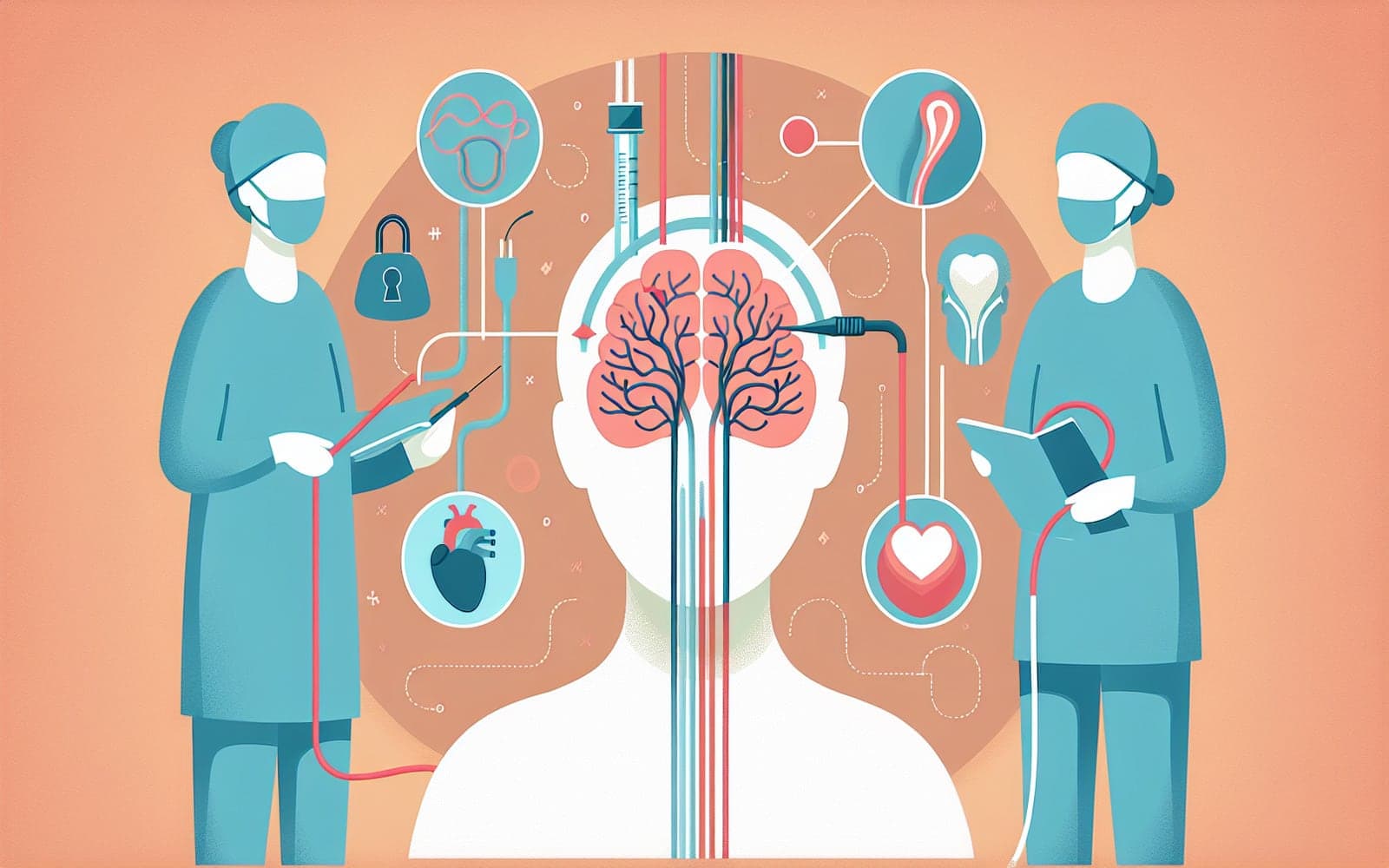Carotid Endarterectomy: Clearing the Path to Better Brain Health
Published: Apr 14, 2024
Carotid endarterectomy is a surgical procedure that can help prevent strokes in people with narrowed carotid arteries. This operation removes plaque buildup, improving blood flow to the brain.
Contents
What Happens During the Procedure?
During a carotid endarterectomy, a surgeon makes an incision in the neck to access the carotid artery. They then open the artery and carefully remove the plaque that's causing the narrowing. Think of it like clearing out a clogged pipe. Once the plaque is removed, the artery is stitched back up, allowing blood to flow more freely to the brain.
Who Needs This Surgery?
This procedure is typically recommended for people who have had a stroke or mini-stroke (TIA) and have significant narrowing of their carotid artery. It's also considered for those with severe narrowing, even if they haven't had symptoms. The decision to perform the surgery depends on the degree of artery narrowing and the patient's overall health.

Risks and Benefits
Like any surgery, carotid endarterectomy comes with some risks, including bleeding, infection, or even stroke. However, for many patients, the benefits outweigh the risks. The procedure can significantly reduce the risk of future strokes in people with severe carotid artery narrowing. Your doctor will carefully weigh these factors when recommending the surgery.
Frequently Asked Questions
Typically 1 to 2 hours.
Most people go home within a day or two and return to normal activities within a few weeks.
It can be done under general anesthesia or local anesthesia with sedation.
Key Takeaways
Carotid endarterectomy can be a life-saving procedure for those at high risk of stroke due to carotid artery narrowing.
Concerned about your carotid artery health? Discuss your options with Doctronic today.Related Articles
References
Kleindorfer DO, et al. 2021 Guideline for the Prevention of Stroke in Patients With Stroke and Transient Ischemic Attack. Stroke 2021; 52:e364.
Always discuss health information with your healthcare provider.

